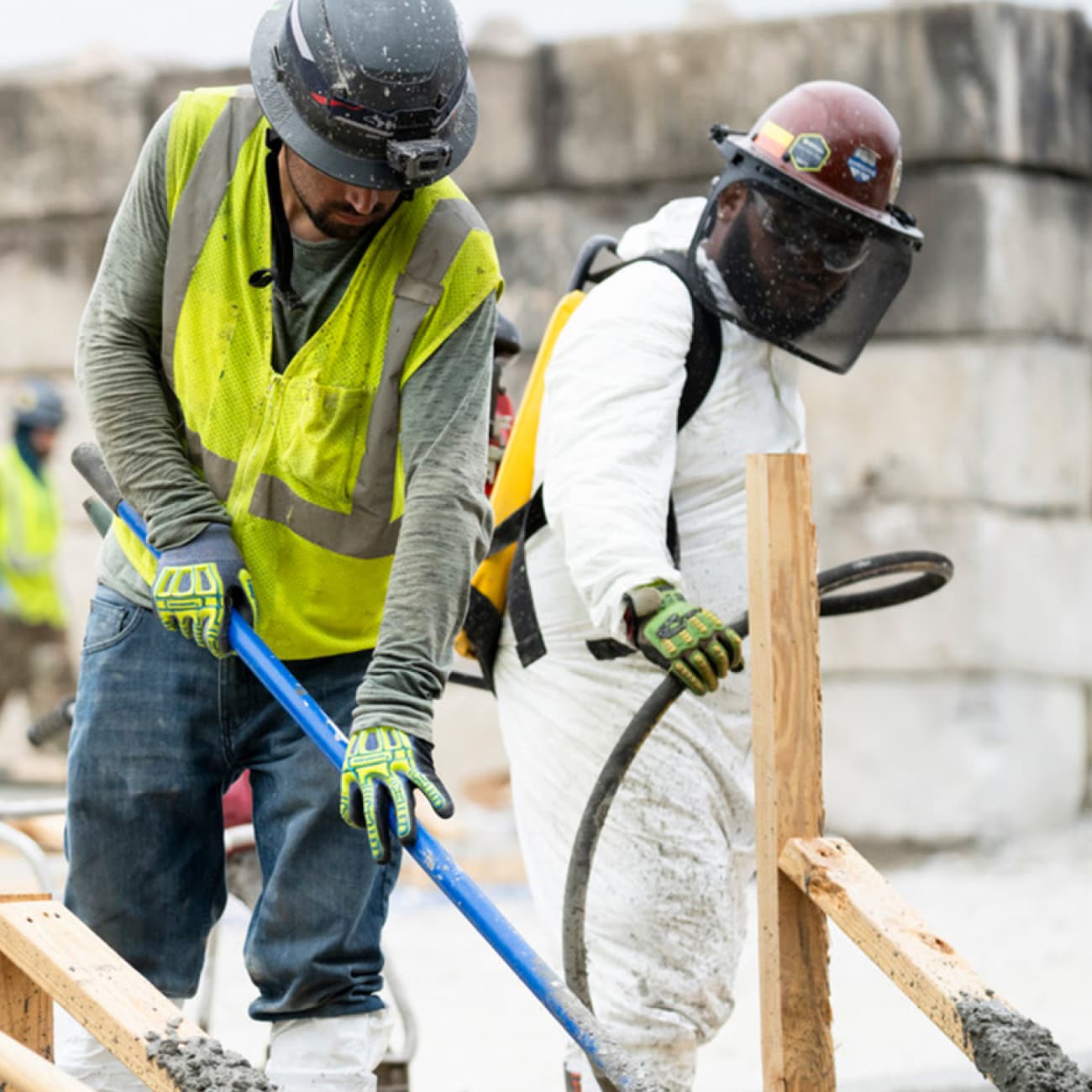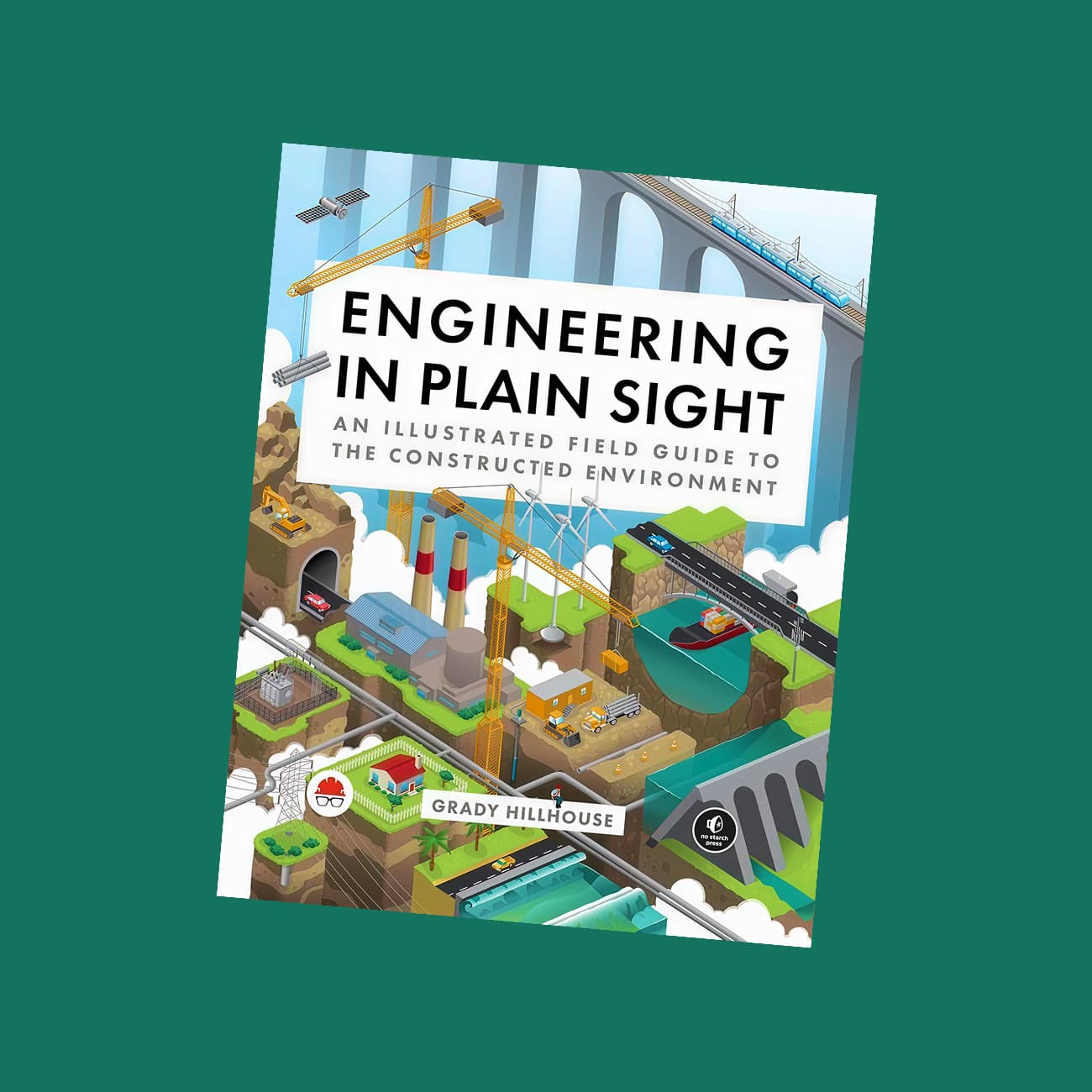Exploring Perspectives with Eva Jospin’s “Vanishing Points” Chicago Exhibition

My friend and gallerist Mariane Ibrahim just opened a remarkable solo exhibition in Chicago by French artist Eva Jospin called “Vanishing Points.” I had the chance to view it on opening night and it was beyond incredible. The show runs through January 25, 2025, and is Jospin’s second exhibition with the gallery and her debut in the U.S. Jospin has a very creative mind and a unique ability to reimagine architecture and landscapes. As technology rapidly changes society at an unprecedented pace, her work challenges our sense of perspective and urges us to search for deeper relationships.
Born in 1975 in Paris, France, Jospin is the daughter of the former French Prime Minister Lionel Jospin. She started studying architecture but ultimately switched to sculpture because she preferred the physicality of making objects by hand – leading her to become a graduate of the École Nationale Supérieure des Beaux-Arts de Paris. Jospin has been crafting detailed forest and architectural landscapes out of cardboard for over 15 years and has earned significant recognition, including the Prix de l’Académie des Beaux-Arts in 2015 and a residency at the Villa Medici in Rome in 2017.

Jospin’s art has been showcased internationally at venues like the Palais de Tokyo (2014), the Palazzo Dei Diamanti in Ferrara (2018), and the Museum Pfalzgalerie in Kaiserslautern (2019). She has also created monumental decorations for global icons like the Dior spring-summer 2023 fashion show (Nymphées, 2022). Jospin constructs sculptures with surprising depth, especially because they are made from flat layers of cardboard. Her art explores the connection between cardboard and wood, pointing out the oddity of cardboard, a processed material, representing its natural origin, wood. Jospin’s artistic approach encourages people to rethink how we see materials and their histories and sparks ideas for transforming something ordinary into extraordinary.
I highly recommend visiting the “Vanishing Points” exhibition if you are in Chicago. I admire how Jospin turns each sculpture into a mini-universe that not only reflects the landscapes it is in but also how it is an interconnected part of it. Her work forces viewers to recognize that it is impossible to engage with it from a single viewpoint – much like how we all have different perspectives and experiences in our communities and world. It’s a crucial realization of the complexity of life and all of its angles.






.avif)



